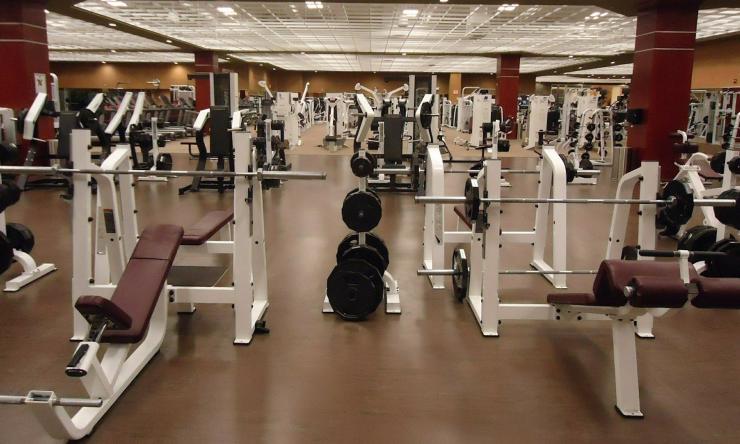Exercising comfortably in a mask
People hitting the gym during the pandemic are adjusting to a new normal of exercising while wearing a face covering. While some might feel discomfort in a mask during a workout, a physical therapist at Baylor College of Medicine explains how to wear a mask effectively and comfortably at the gym.
“The key is for the individual to test different masks to see what is most comfortable for them,” said Melanie McNeal, physical and occupational therapy manager in the Joseph Barnhart Department of Orthopedic Surgery at Baylor. “It’s a matter of getting used to having a mask on while your heart rate is going up.”
McNeal suggests wearing a mask with multiple layers made of moisture-wicking materials. Refrain from exercising in a surgical mask, as they can cause discomfort when breathing during aerobic exercises and disintegrate from sweat. N95 masks are safe for exercise, but research has shown that they can cause increase in body temperature and breath resistance.
Masks are safe to wear for any type of training and do not impact heart rate, oxygen levels or other vital signs when worn during workouts. Low impact workouts like bicep curls with light weights may be easier to perform than box jumps or running.
“The higher impact, more aerobic exercises or heavy powerlifting will be more difficult in a mask, because even without a mask, those maneuvers cause increased respiratory rate and increased heart rate. More breaths need more air, so they are harder workouts in general even without a mask,” McNeal said.
McNeal says it is not uncommon to feel strange at first, as it takes time to get used to wearing a mask in the gym. If you feel fatigue, dizziness or experience trouble breathing, sit down, take a break and let your symptoms subside. Let your heart rate come down and breathe in for three seconds, exhaling fully until symptoms calm down. If symptoms persist, visit an urgent care nearby or call 911.
McNeal also offers additional suggestions for wearing a mask in the gym:
- Have a back-up mask in case something happens to the first one
- Have different masks on hand to try different materials and find out which is most comfortable for you
- Carry hand sanitizer so if you put on another mask, you can clean your hands before
Those who have an underlying lung issue or disease, such as COPD or pulmonary hypertension, may be at risk when working out in a face covering. They should consult with their physicians on ways to exercise safely with a mask and discuss other safe ways to stay active during the pandemic.










